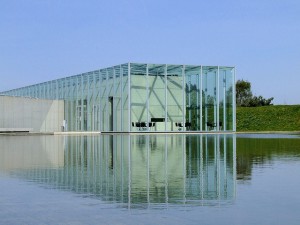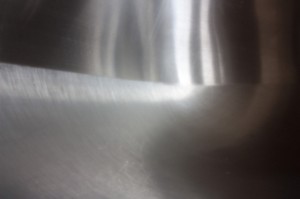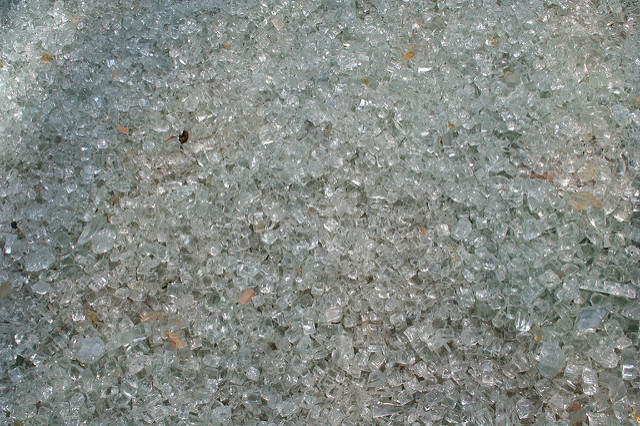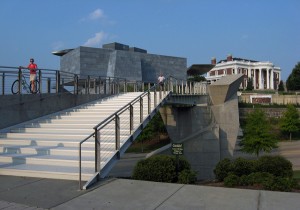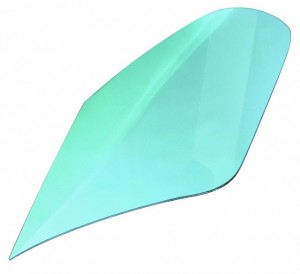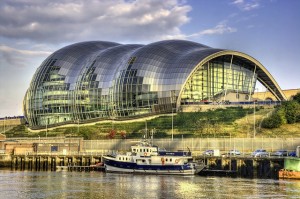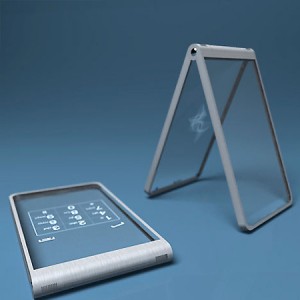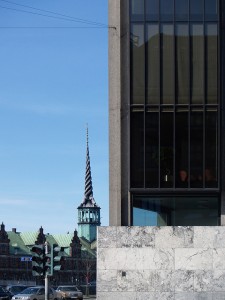Iconic Glass Structures – Langen Foundation
The Langen Foundation is an art museum located in Berlin on the former NATO Hombroich-Neuss Missile Station. The Langen Foundation building is part of the larger Museum Insel Hombroich complex. It is made from reinforced concrete, steel and glass. The building’s design includes a double “skin” of glass and concrete.
First opened to the public in 2004, the Langen Foundation features two partially underground exhibition buildings housing three major exhibition spaces. The entire Langen Foundation Museum offers about 1,300 square meters of space, and its collection is focused on contemporary art.
The museum was designed by Japanese architect Tadao Ando. The museum was built to house the art collection of Viktor and Marianne Langen. The collection consists of about 500 pieces of Japanese art, the bulk of which were created between the 12th and 19th centuries. Viktor Langen was an automotive engineer and held a number of patents. He regularly traveled to Japan, and that spurred his wife’s interest in Japanese art.
Initially, the couple’s collection was housed in Switzerland, but Marianne funded the construction of the Langen Foundation building to effect the relocation of her collection. She died shortly before construction of the building was finished. In addition to their collection of Japanese art, the couple also collected works from European artists, including Cezanne, Picasso, Warhol, Kandinsky and Bacon, among others.
Ando built the building as a sculptural work. The building includes a large glass and concrete rotunda, a concrete cube and a long glass and concrete veranda. The entire complex is designed to integrate into its surroundings and offers a peaceful venue that facilitates the contemplation of the museum’s collection.
Visitors to the complex enter a narrow doorway in a semicircular concrete and steel wall. Once through the doorway, the museum building, surrounded by a contemplative pool awaits. The glass envelope covers the interior concrete core.
The greater museum complex was rehabilitated following its initial construction as a NATO missile installation. The base was purchased by Karl-Heinrich Müller following its decommissioning in 1993. Müller did not want to erase the facility’s military history, but wanted to create a new purpose for the space. The finished design preserved military elements, including the bunkers, the observation tower, the halls and the landscaping that had disguised the military nature of the base. Other parts of the initial design, including razor-wire fencing, spotlights and bullet-proof glass were removed to open the space and make it more welcoming to the public. In addition to the Langen Foundation building, other new construction has also been completed on the base, and several sculptures now complement the grounds.
Glassprimer™ glass paint is a specialized glass coating that bonds permanently to glass surfaces. GlassPrimer also makes a glass surface molecular activator that is designed to work with UV-inkjet glass printing processes. For more information about Glassprimer™ glass paint, please visit the rest of our site. If you’d like to purchase Glassprimer™ glass paint, please visit our online store .
Photo Credit: Andreas Lischka, via Flickr.com

